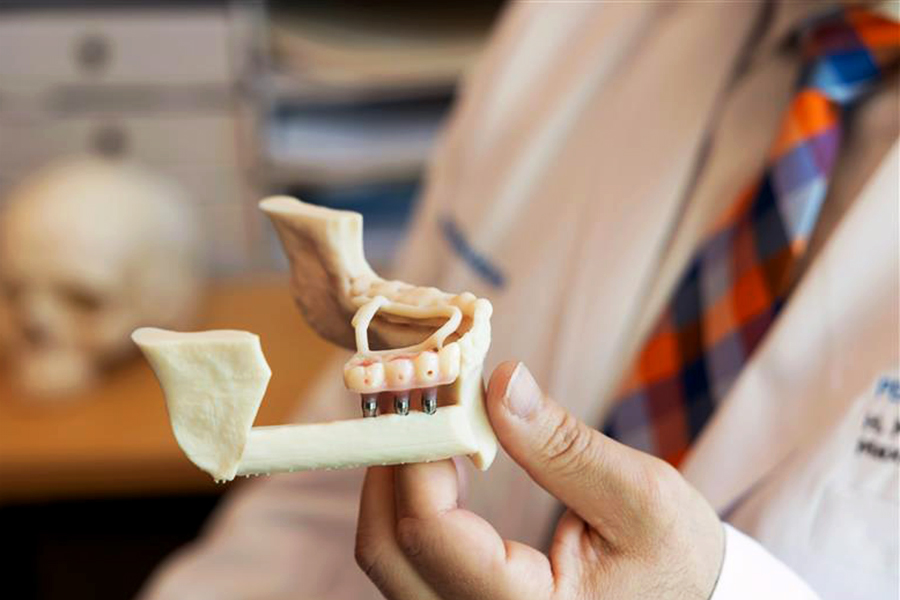KP.ORG Share-March 15, 2018
Kaiser Permanente member Sondra Smith was in her 34th week of a typical pregnancy when she awoke one morning to severe vision loss in her left eye. She made a same-day appointment with her optometrist, who noticed something wasn’t right and sent her to the emergency department for immediate testing.
The test results revealed an aggressive tumor growing on her optic nerve.
“I knew something was wrong,” recalled Ms. Smith. “When you hear the word ‘tumor’ you think brain tumor — that’s it, my life is out the door.”
Her case was complicated by the need to balance what was best for her and her unborn child.
“On one hand we have a baby not at term, yet on the other hand we have a patient losing her vision who needs emergent intervention,” said Abraham Boskovitz, MD, a neurosurgeon at Kaiser Permanente Medical Centers in Sacramento and Vacaville. The typical pregnancy is 40 weeks.
Kaiser Permanente’s unique integrated model allowed Dr. Boskovitz to quickly consult with Janel Crawford, MD, chief of Obstetrics and Gynecology at the Kaiser Permanente Roseville Women and Children’s Center. It was decided that the safest thing for both the baby and Ms. Smith was to induce labor at the Women and Children’s Center and then transfer Ms. Smith to the Kaiser Permanente Sacramento Medical Center to remove the tumor.
“We have an excellent Neonatal Intensive Care Unit in Roseville so we felt very confident,” said Dr. Crawford. A healthy Ava Smith was born that evening at 8 pounds, 7 ounces. A few hours after her birth, Sondra was transferred to the KP Sacramento Medical Center where she underwent a 9-plus hour surgery to successfully remove her tumor. When she awoke her vision had been restored.
“They came in to remove my bandages, and I remember I could see Dr. Boskovitz without a big dot in the middle,” said Ms. Smith.
During her recovery in the hospital, she was was reunited with her daughter Ava.
“I think Sondra’s story exemplifies very nicely the beauty of the Kaiser Permanente integrated model, where we could perform the complex surgery she required in a timely fashion,” said Dr. Boskovitz.
This article originally appeared in KP Share





